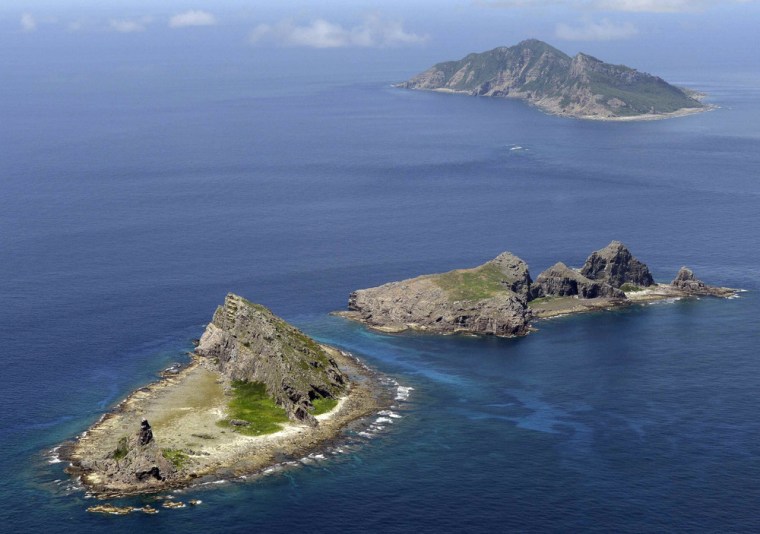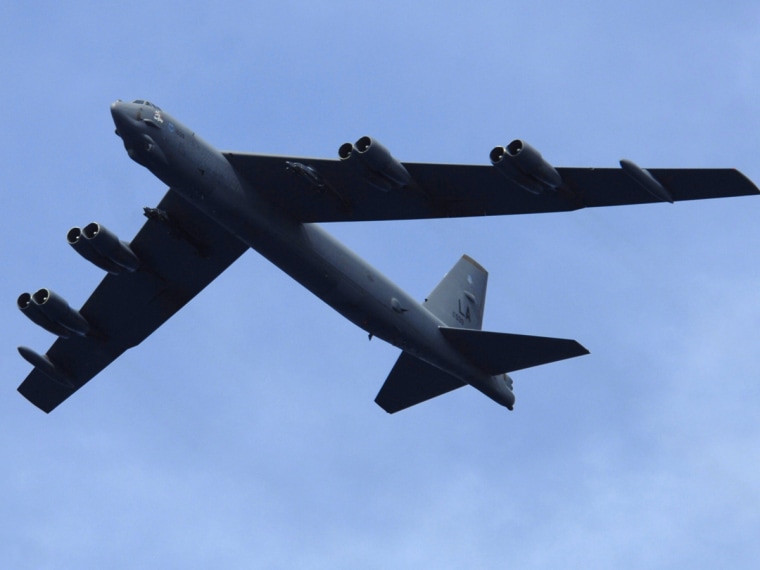
Two American B-52 bombers flew over a disputed island chain in the East China Sea on Monday evening, a U.S. defense official confirmed, just days after the Chinese government included the area in an air defense identification zone.
The official said the flight was a training mission and the bombers were not armed. The flight was first reported by The Wall Street Journal on Tuesday.
The Chinese announced over the weekend they were expanding their air defense identification zone to include the islands, known as Diaoyu in Chinese and Senkaku in Japanese. Japan also claims ownership.
China has other maritime disputes, including in the South China Sea with the Philippines, Vietnam and other neighbors.
The extension of the air defense identification zone includes an expectation by the Chinese government that all aircraft declare a flight plan and frequency and provide other information before entering.
The U.S. administration denounced the decision and declared that the U.S. will continue to conduct flight operations in and around that area.

"We will not in any way change how we conduct our operations," Pentagon spokesman Col. Steve Warren said, adding that the U.S. maintains that the newly expanded ADIZ is in international waters.
Monday evening, two B-52 bombers took off from Anderson Air Force Base in Guam as part of an ongoing training exercise called Coral Lightning Global Power Training Sortie. The bombers were in the ADIZ for less than one hour, Warren said.
This was a "long-planned training exercise," and the U.S. did not inform the Chinese of their flight plan, Warren said.
The flights occurred without incident, Warren said, adding that there was no reaction, no Chinese aircraft were spotted in the air, and the Chinese did not contact the U.S. military about the flight.
"Nobody is talking about the possibility of armed conflict coming out of this [ADIZ decision]," Warren said.
Meanwhile, China’s sole aircraft carrier, the Liaoning, was headed for the South China Sea Tuesday on a “scientific and training mission,” according to Xinhua, China’s official news agency.
This trip is the first cross-sea voyage for the Liaoning, Xinhua reported. China bought the vessel from Ukraine in 1998 and refurbished it.
According to the news agency, the aircraft carrier was escorted by two missile destroyers.
Navy officials told NBC News they believed the carrier wasn't set to be fully operational for at least another year.
Related
China's 'inflammatory' airspace announcement draws sharp rebuke from US